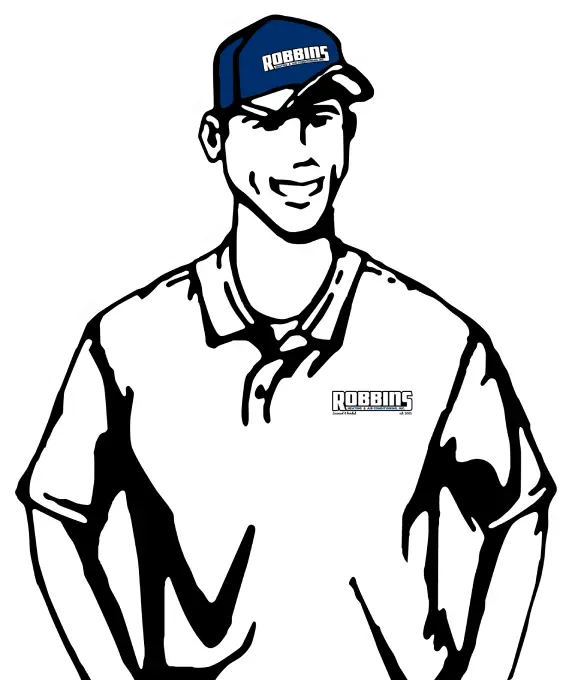Evaporative coolers, known as swamp coolers, are more common here than in most parts of the country, but there’s still some confusion about how they actually work. Most people are accustomed to either a swamp cooler or a traditional central AC, so they’ve never really needed to think about the components involved in the cooling process.
How Swamp Coolers Work
Swamp coolers work using evaporative cooling. In fact, the name swamp cooler isn’t exactly accurate. The reason evaporative cooling works so well in our area is because it takes advantage of our typically dry conditions.
- A motor pumps water to a pad within the system.
- A motor also runs a fan that sucks in warm air and moves it over the pad.
- Water on the pad evaporates, a process that requires expending heat energy.
- Heat is removed from the air, effectively lowering the air’s temperature by about 10-15° as long as the air is dry enough for evaporation to take place.
Refrigerated AC Units Don’t Use Water
Central air conditioners work much differently. They typically use refrigeration, a process requiring a chemical called refrigerant to move throughout the system, which means more moving parts and more energy consumed. In brief, here is how a conventional central AC unit works.
- A blower fan sucks in air from the house and moves it over the evaporator coil, which cools down through the refrigeration process.
- Refrigerant evaporates and absorbs heat from the air as it moves through that indoor coil. This is what allows the coil to cool.
- Refrigerant moves to the outdoor compressor, where it gains pressure and heat.
- Heat releases as refrigerant turns to a liquid again at the outdoor condenser coil. A large fan helps this heat to dissipate into the air.
- Refrigerant cycles back through to continue absorbing and releasing heat from the air.
The Pros and Cons
We live in an area where we can choose between the two. Swamp coolers are unavailable (or, at least, not recommended) in most parts of the US—anywhere without notoriously dry conditions—but that doesn’t mean they are always the best option in our area.
Swamp Coolers
Pros:
- Cheaper to install.
- Lower monthly costs.
- Relatively simple maintenance—may be completed by a homeowner.
Cons:
- Not effective on humid days—like during El Nino season.
- May not lower the temperature to your liking (only goes down about 10-15°.
- Maintenance can be difficult for a homeowner, especially in the hot summer months.
Central AC
Pros:
- Customizable temperatures from a central thermostat.
- Reliable cooling no matter the humidity.
- Modern units are highly efficient, costing less to run than they once did.
Cons:
- The major drawback is cost. Installation is more costly, as are any repairs, and you pay more for month since there is more than just a fan requiring electricity.
- May not last as many years.
We have a lot of requests to retrofit evaporative coolers with central AC, but the choice is ultimately a personal one. Call a technician to get the right recommendation for your home.
Robbins Heating & Air Conditioning, Inc. offers air conditioning service in Farmington, NM. Don’t waste your time with the run-around. Give us a call and let us do it right the first time!




